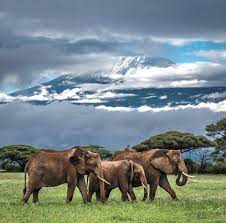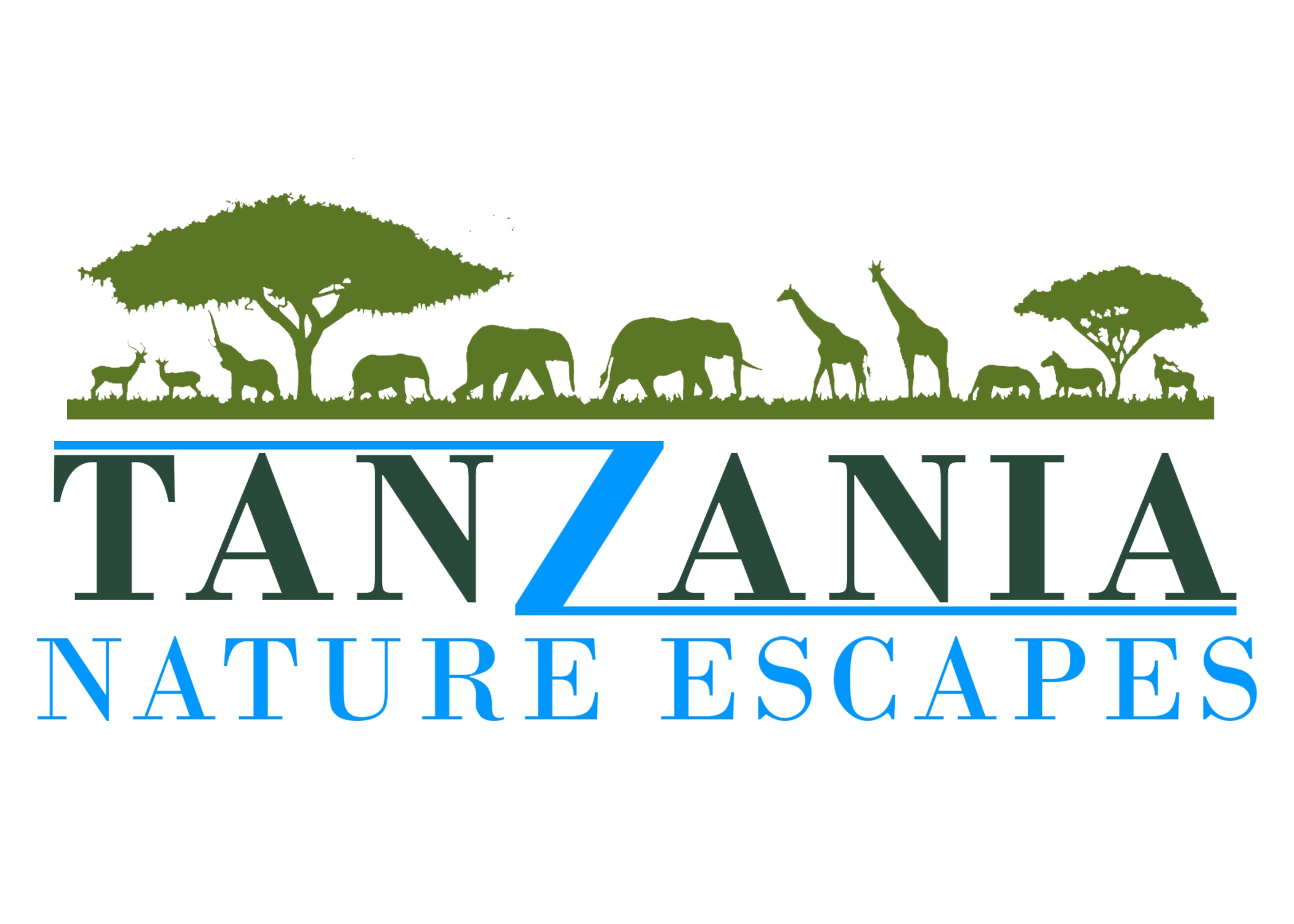
Serengeti National Park – protected area and wildlife conservation park located in northern Tanzania, East Africa. The name “Serengeti” is derived from the Maasai language and means “Endless Plains,” which aptly describes the vast grasslands and savannahs that characterize this region.
Serengeti National Park is renowned for its rich biodiversity, iconic wildlife, and, of course, the spectacular Great Migration of wildebeest and zebras. It is a UNESCO World Heritage Site and one of the most famous and celebrated wildlife conservation areas in the world, drawing visitors and wildlife enthusiasts from around the globe to witness its natural wonders.
About Serengeti National Park
The Serengeti National Park is one of the most famous and iconic wildlife conservation areas in the world. It is located in northern Tanzania, in East Africa, and covers an area of approximately 14,750 square kilometers (5,700 square miles). The park is renowned for its incredible biodiversity, stunning landscapes, and its role as the backdrop for one of the most spectacular wildlife migrations on Earth.
Here are some key features and facts about the Serengeti National Park:
Wildlife: The Serengeti is home to a diverse range of wildlife species, including the “Big Five” (lion, leopard, elephant, buffalo, and rhinoceros). It’s also known for its large populations of wildebeest, zebra, giraffe, impala, hippopotamus, and many other animals.
Great Migration: The Serengeti is perhaps most famous for hosting the annual Great Migration, where millions of wildebeest, zebras, and other herbivores move across the plains in search of fresh grazing land. This migration is a natural spectacle and a top attraction for tourists.
Landscape: The park features diverse landscapes, from open grasslands and acacia woodlands to riverine forests and kopjes (rocky outcrops). The Serengeti’s wide-open plains are often associated with the quintessential African safari experience.
Birdlife: It’s also a birdwatcher’s paradise, with over 500 bird species recorded in the park, including ostriches, eagles, vultures, and many waterfowl.
Conservation: The Serengeti National Park is a UNESCO World Heritage Site and has been designated as a protected area to conserve its unique ecosystem. It is part of the larger Serengeti ecosystem, which includes neighboring conservation areas and reserves.
Tourism: Tourism is a significant industry in the region, with visitors coming from all over the world to experience the wildlife and natural beauty of the Serengeti. There are various lodges and camps that cater to tourists, offering safaris and other activities.
Research: The park has also been a site for extensive scientific research on wildlife behavior, ecology, and conservation, contributing to our understanding of African ecosystems.
Accessibility: The Serengeti is accessible by road and air, with several airstrips in the park. The closest major town and gateway to the park is Arusha.
Visiting the Serengeti National Park provides a unique opportunity to witness the wonders of African wildlife in their natural habitat and to experience the beauty and grandeur of the African savannah. It remains a must-visit destination for nature enthusiasts and wildlife lovers.
Tips to keep in mind when planning your visit Serengeti National Park:
Visiting the Serengeti National Park is a dream come true for many wildlife enthusiasts and travelers. To ensure you have a safe, enjoyable, and memorable trip, here are some essential tips to keep in mind when planning your visit:
Timing and Seasons:
- The best time to witness the Great Migration is during the dry season from late June to October when the wildebeest and zebras are on the move.
- If you prefer fewer crowds and lower prices, consider visiting during the shoulder seasons (March to May and November) when the park is less crowded.
Accommodation:
- Book your accommodations well in advance, especially if you plan to visit during the peak tourist season.
- The park offers various lodging options, including luxury lodges, tented camps, and budget accommodations. Choose the one that suits your preferences and budget.
Safari Tours:
- Consider booking a safari tour with a reputable tour operator. They will provide experienced guides, comfortable vehicles, and help plan your itinerary.
- Game drives are a popular way to explore the park, but you can also opt for walking safaris or balloon safaris for a unique experience.
Travel Documents:
- Ensure you have a valid passport with at least six months of validity left before your planned departure.
- Obtain the necessary visas and permits for Tanzania, and check the entry requirements for your nationality.
Health Precautions:
- Consult a travel doctor or your healthcare provider for necessary vaccinations and medications. Malaria is a concern in the region, so take appropriate precautions, including antimalarial medication and insect repellent.
- Carry a basic first-aid kit and any personal medications you may need.
Pack Accordingly:
- Dress in neutral-colored clothing to blend in with the surroundings. Avoid bright colors that may startle wildlife.
- Pack lightweight, breathable clothing suitable for the weather and activities. Don’t forget a wide-brimmed hat, sunglasses, and sunscreen.
- Bring layers, as temperatures can vary widely from morning to evening.
Wildlife Etiquette:
- Respect the park rules and regulations, such as not getting out of your vehicle in undesignated areas and not feeding the animals.
- Keep a safe distance from wild animals and avoid sudden movements or loud noises that could disturb them.
Photography Gear:
- Bring a good camera or smartphone with a quality zoom lens to capture wildlife and scenic shots.
- Pack extra memory cards, batteries, and a charger. A pair of binoculars can also enhance your wildlife viewing experience.
Food and Water:
- Plan your meals and carry snacks, especially if you’re going on a full-day safari. Many lodges and camps provide packed lunches.
- Drink bottled or purified water to stay hydrated.
Respect Local Culture:
- Interact respectfully with the local Maasai communities if you have the opportunity. Ask for permission before taking photos of individuals.
- Learn a few basic Swahili phrases to communicate with locals, as English may not be widely spoken in some areas.
Travel Insurance:
- Purchase comprehensive travel insurance that covers medical emergencies, trip cancellations, and other unexpected events.
By following these tips and being well-prepared, you can make the most of your visit to the Serengeti National Park and create lasting memories of this remarkable African wilderness

Balloon Safaris: One unique and thrilling way to experience the Serengeti is by taking a hot air balloon safari. Balloon safaris are a popular activity in the park, allowing visitors to soar above the vast plains and witness the stunning landscapes and wildlife from a different perspective. It’s a peaceful and picturesque way to view the park’s diverse ecosystem and the animals below. Imagine drifting silently over herds of wildebeest or catching a sunrise while floating above the Serengeti – it’s an unforgettable and magical experience for those seeking a different kind of adventure in this iconic African wilderness.
